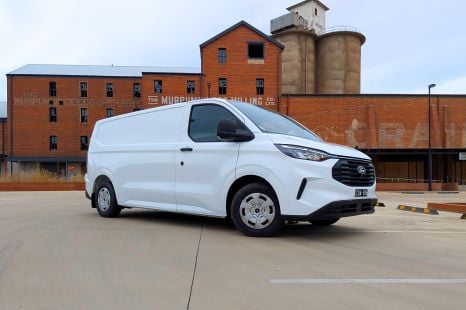

William Stopford
3 Days Ago
Mini has revealed more details about its upcoming next-generation line-up with the promise of a more upmarket feel and radical new designs.

Contributor
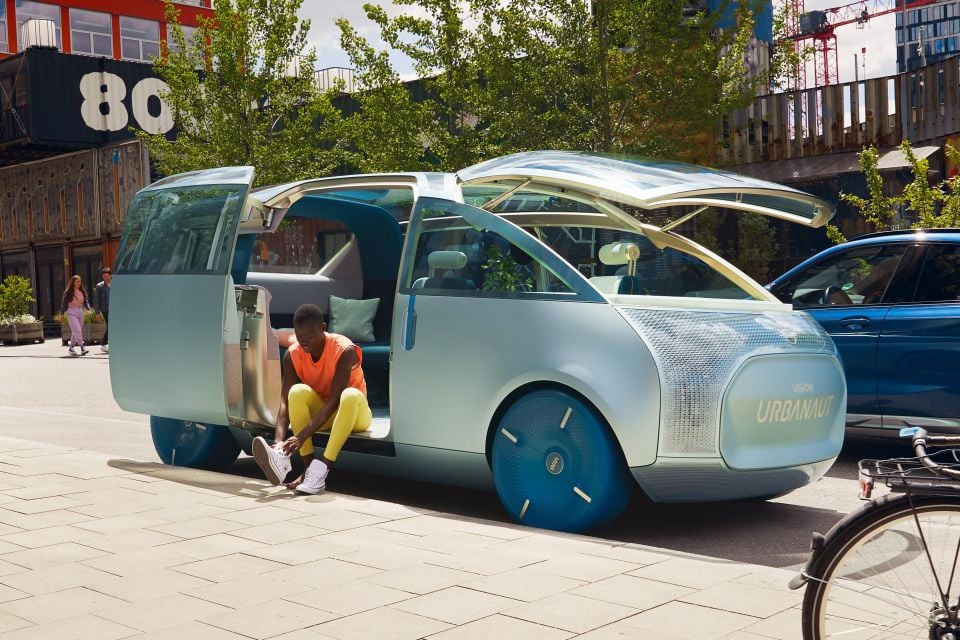

Contributor
Mini will offer a diverse range of next-generation vehicles, with some looking familiar and some rather more adventurous.
The brand’s Head of Design, Oliver Heilmer, told Autocar the three-door hatchback’s retro design language will continue to evolve but other models could take cues from the Urbanaut concept.
This concept has a rather futuristic monospace people mover design unlike anything else in the Mini line-up.

“The closer you get to the original icon, the less revolutionary you become,” said Heilmer.
“The Urbanaut is the furthest away from the original hatch, but we can extend the brand more the further away we go from the original car.”
Mini will reportedly be splitting up its hatchback range into two distinct models, both due in 2023.
A petrol-powered variant will be built in the UK and based on a heavily updated version of the existing car’s UKL1 platform.
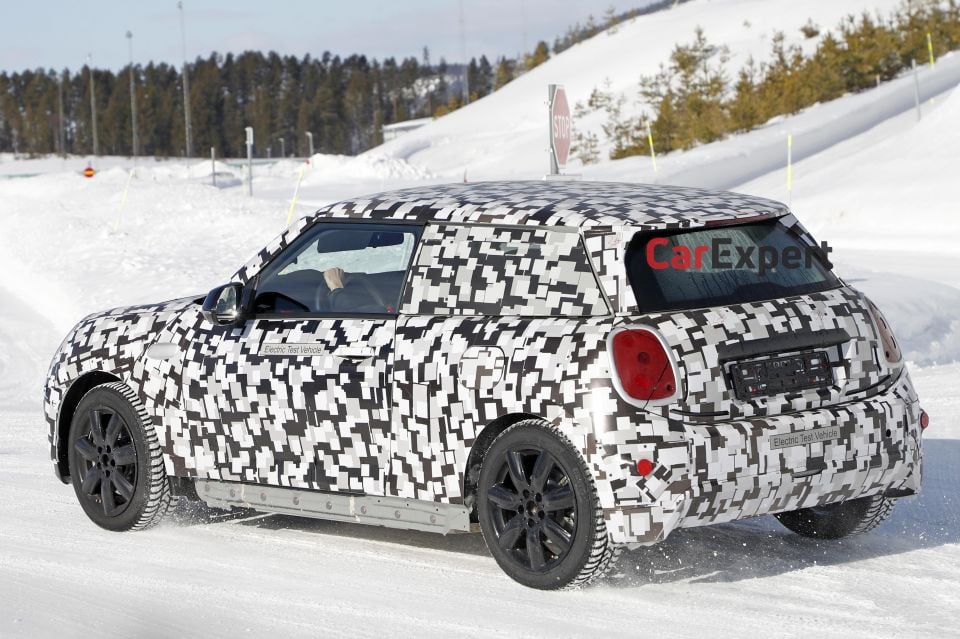
This platform is currently used in the BMW 1 Series, 2 Series Gran Coupe, X1, X2, as well as the Mini Countryman and Clubman.
The second model, an all-electric variant, will be slightly shorter than its internal-combustion counterpart and be built exclusively in China on a dedicated EV platform.
It’ll be built as part of a joint venture between Mini and Great Wall Motors (GWM).
Shortening the next-generation Mini hatchback is reportedly not an easy task.
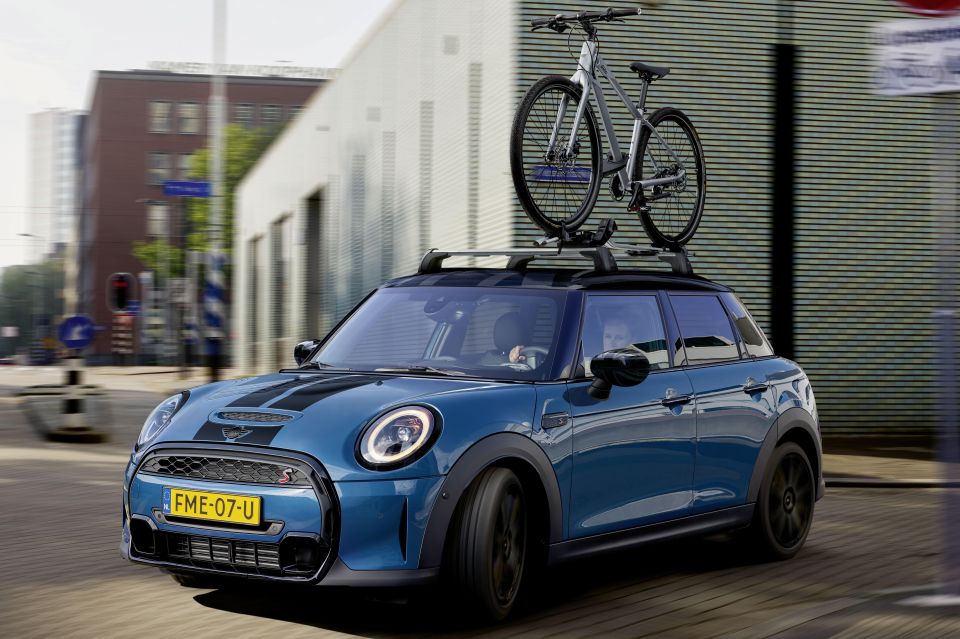
“It’s a tricky topic. [Today’s car] is mostly driven by crash regulations,” said Heimler.
“I’ve heard a lot about the current generation, not least those proportions at the front, but we know where they come from. Without them, we can’t sell in certain markets.”
This joint venture with GWM will also reportedly sprout an all-electric crossover.

A next-generation Countryman will be built in Germany and offer internal-combustion and all-electric powertrains.
Not yet confirmed is a small electric people mover dubbed the Traveller, as well as a production version of the Urbanaut concept that could appear later this decade.
Mini is looking to move its next-generation further upmarket with a cleaner, minimalistic design approach.

Inside the vehicles there will be different textures and knits used in the place of leather, which is being phased out from the range, along with chrome.
“Customers wouldn’t expect less premium, but premium is changing,” said Heilmer.
“It’s not any more about adding more and more elements.”
This new minimalist design approach is shown off in the form of the Strip concept produced in conjunction with fashion design Paul Smith.
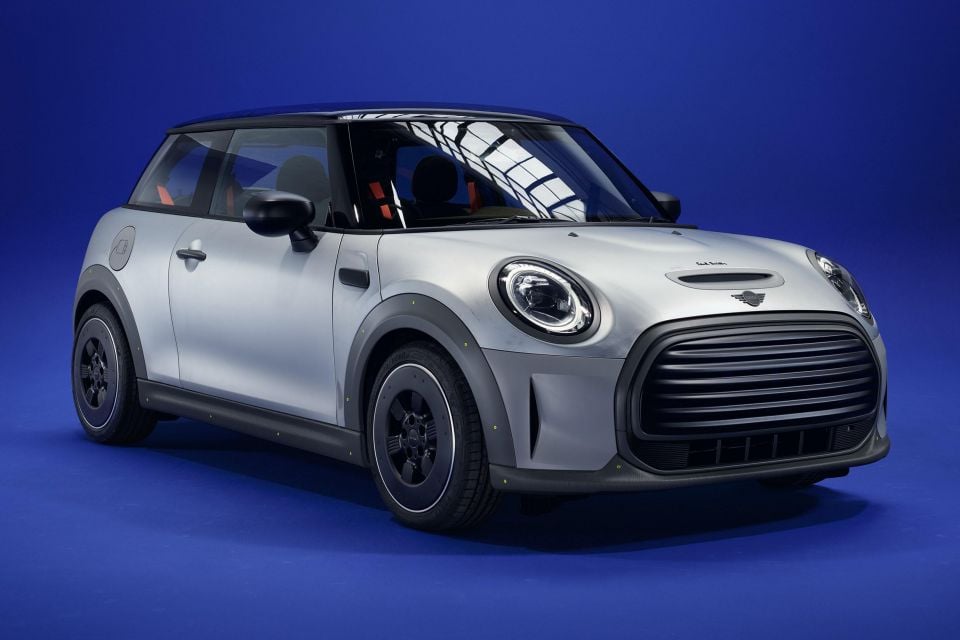
Using a Mini Electric as a base, all unnecessary trim elements are removed as well as the exterior paint, only having a thin layer of clear coat to protect it from rust.
The Mini Strip concept only has the barest of essentials in the name of sustainability.
Over the years since joining its parent company, BMW, the model range has fluctuated.

“We talk of new models, different models, and first ask about whether it’s a brand fit and not just doing the car for the sake of it,” said Heilmer.
“Interestingly, we’re not exploding to eight to 10 [models]. It’s always around four or five. It’s always important to question models and ask if they will have a market in the future.”
“We’re in that process now, not for the next four to five years but the years after that.”
It was previously reported that this joint venture with GWM could bring an electric city car with the Minor nameplate to the Mini range, similar to the Rocketman concept.
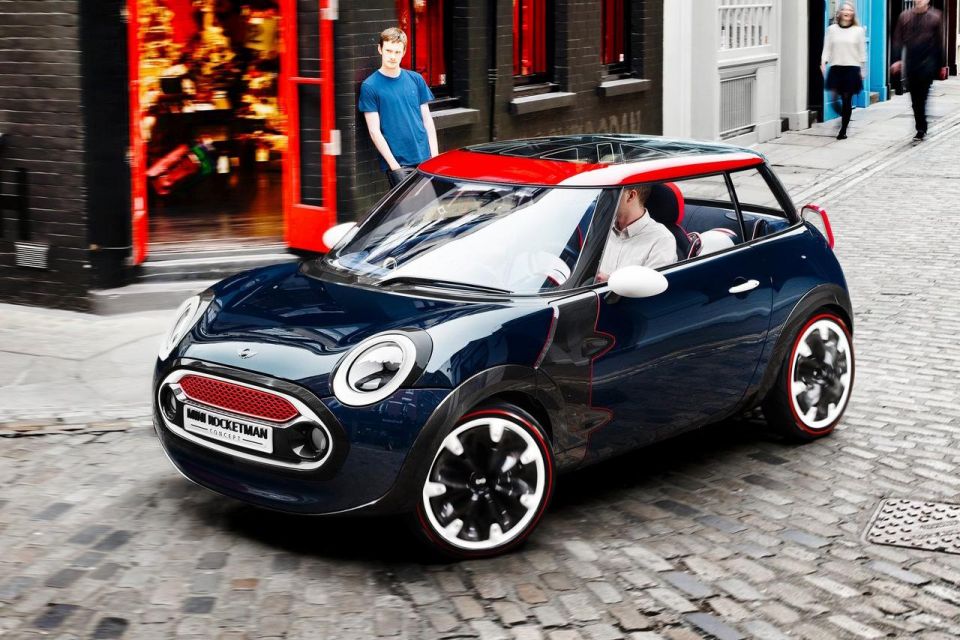
This now seems unlikely due to some markets wanting larger vehicles with more electric range according to Heilmer.
“It’s a vision we have. But we don’t start from a size perspective,” said Heilmer.
“You look at the customer[‘s] expectations. People say the Mini Electric should have more range, but physics dictates the battery size between the wheels.”
MORE: Mini Vision Urbanaut concept unveiled MORE: Mini Strip concept unveiled MORE: Mini set to revive Minor name for electric city car – report
Take advantage of Australia's BIGGEST new car website to find a great deal on a Mini.
Jack Quick is an automotive journalist based in Melbourne. Jack studied journalism and photography at Deakin University in Burwood, and previously represented the university in dance nationally. In his spare time, he loves to pump Charli XCX and play a bit of Grand Theft Auto. He’s also the proud owner of a blue, manual 2020 Suzuki Jimny.


William Stopford
3 Days Ago
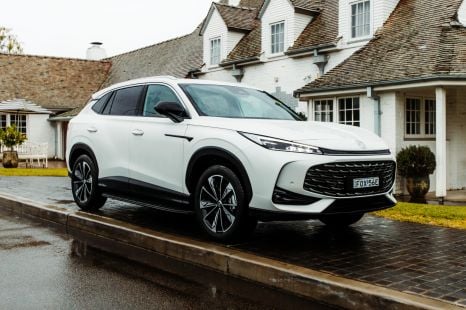

James Wong
2 Days Ago
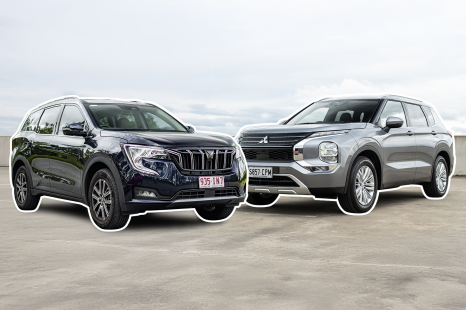

Andrew Maclean
1 Day Ago


Max Davies
17 Hours Ago
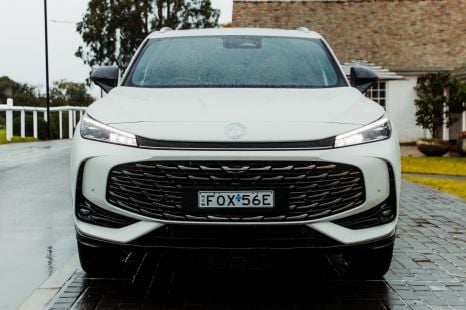

James Wong
13 Hours Ago


Josh Nevett
13 Hours Ago